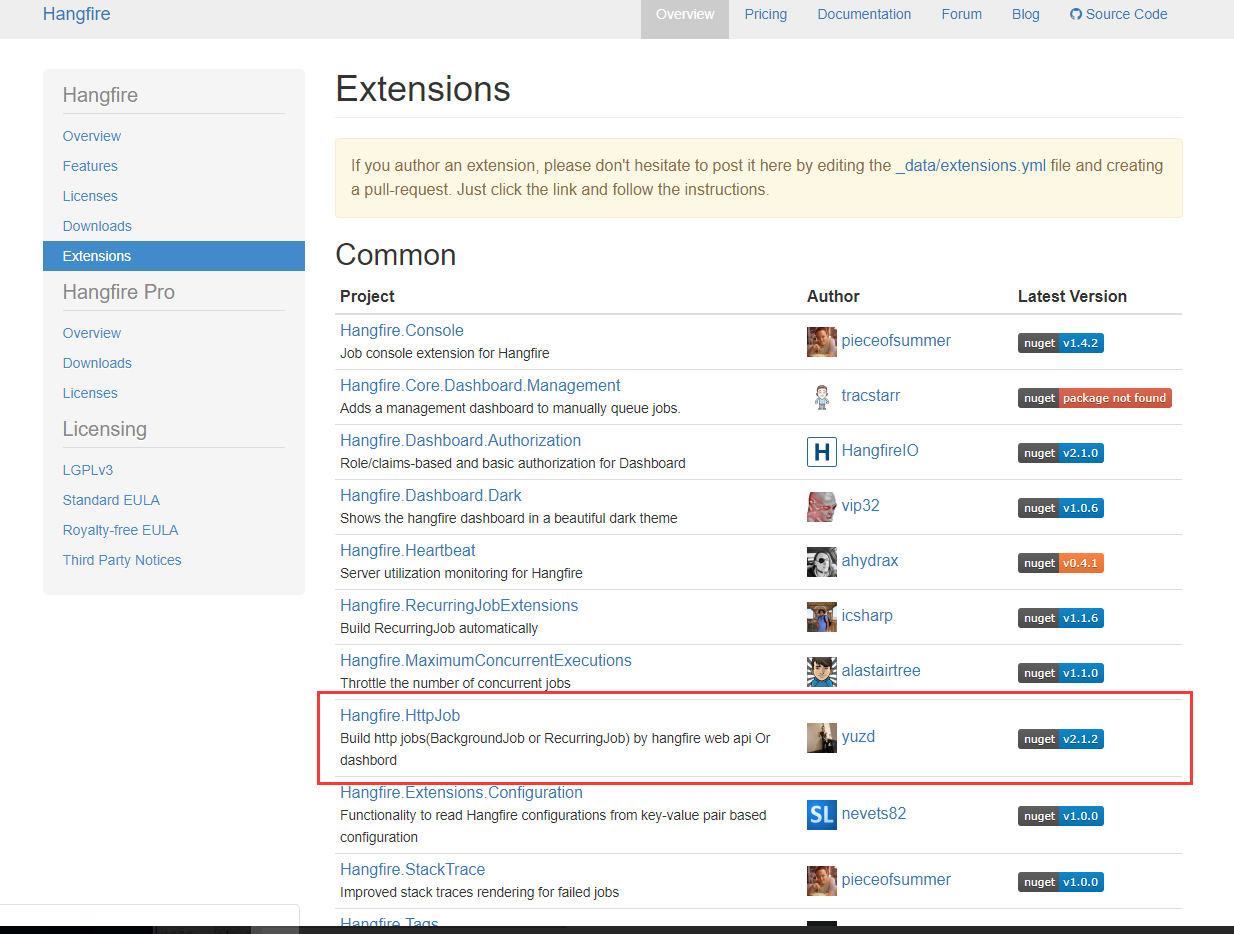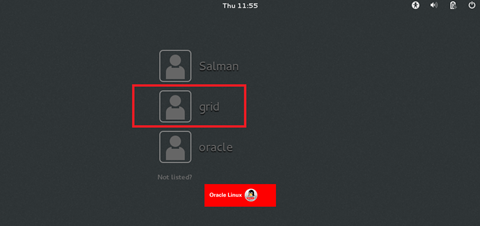I am trying out Firebase Notifications. I was able to get the Notification to work properly using this documentation. The message was received and I was able to send a notification to the Notification Bar from within the MyFirebaseMessagingService service class. This happens even when the app is in background or closed.
What I need is to collect the data sent in the notification and insert it into an SQLite database. The code I wrote works fine if the app is in foreground, but it does not work if it is closed or in background. Here is what I wrote for the insert.
DbHelper dbh=new DbHelper(this,"sample.sqlite",null,1);
SQLiteDatabase sdb=dbh.getWritableDatabase();
ContentValues cv=new ContentValues();
cv.put("id","1");
cv.put("name","testname");
sdb.insert("test",null,cv);
sdb.close();
dbh.close();
Appreciate any help with this. Thanks in advance.
<service android:name=".MyFirebaseMessagingService">
<intent-filter>
<action android:name="com.google.firebase.MESSAGING_EVENT" />
</intent-filter>
</service>
<service android:name=".MyFirebaseInstanceIDService">
<intent-filter>
<action android:name="com.google.firebase.INSTANCE_ID_EVENT" />
</intent-filter>
</service>
public class MyFirebaseMessagingService extends FirebaseMessagingService
{
@Override
public void onMessageReceived(RemoteMessage remoteMessage) {
//Displaying data in log
//It is optional
Log.i("Tag","inside message" );
Log.i(StaticInfo.INFO, "From: " + remoteMessage.getFrom());
Log.i(StaticInfo.INFO, "Notification Message Title : " + remoteMessage.getNotification().getTitle());
Log.i(StaticInfo.INFO, "Notification Message Body : " + remoteMessage.getNotification().getBody());
insertPromotion();
sendNotification(remoteMessage.getNotification().getBody());
}
private void sendNotification(String messageBody)
{
Intent intent = new Intent(this, MainActivity.class);
intent.addFlags(Intent.FLAG_ACTIVITY_CLEAR_TOP);
PendingIntent pendingIntent = PendingIntent.getActivity(this, 0, intent,
PendingIntent.FLAG_ONE_SHOT);
Uri defaultSoundUri= RingtoneManager.getDefaultUri(RingtoneManager.TYPE_NOTIFICATION);
NotificationCompat.Builder notificationBuilder = new NotificationCompat.Builder(this)
.setSmallIcon(R.mipmap.ic_launcher)
.setContentTitle("Firebase Push Notification")
.setContentText(messageBody)
.setAutoCancel(true)
.setSound(defaultSoundUri)
.setContentIntent(pendingIntent);
NotificationManager notificationManager =
(NotificationManager) getSystemService(Context.NOTIFICATION_SERVICE);
notificationManager.notify(0, notificationBuilder.build());
}
private void insertPromotion()
{
DbHelper dbh = new DbHelper(this, "sample.sqlite", null, 1);
SQLiteDatabase sdb = dbh.getWritableDatabase();
ContentValues cv=new ContentValues();
cv.put("id","1");
cv.put("name","testname");
sdb.insert("test", null, cv);
sdb.close();
dbh.close();
Log.i("Tag","db closed");
}
}




